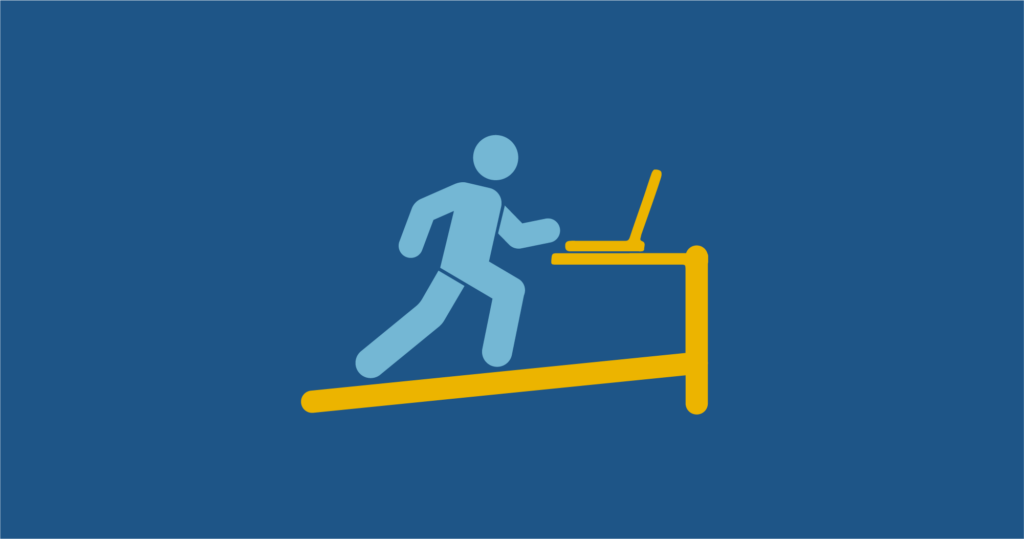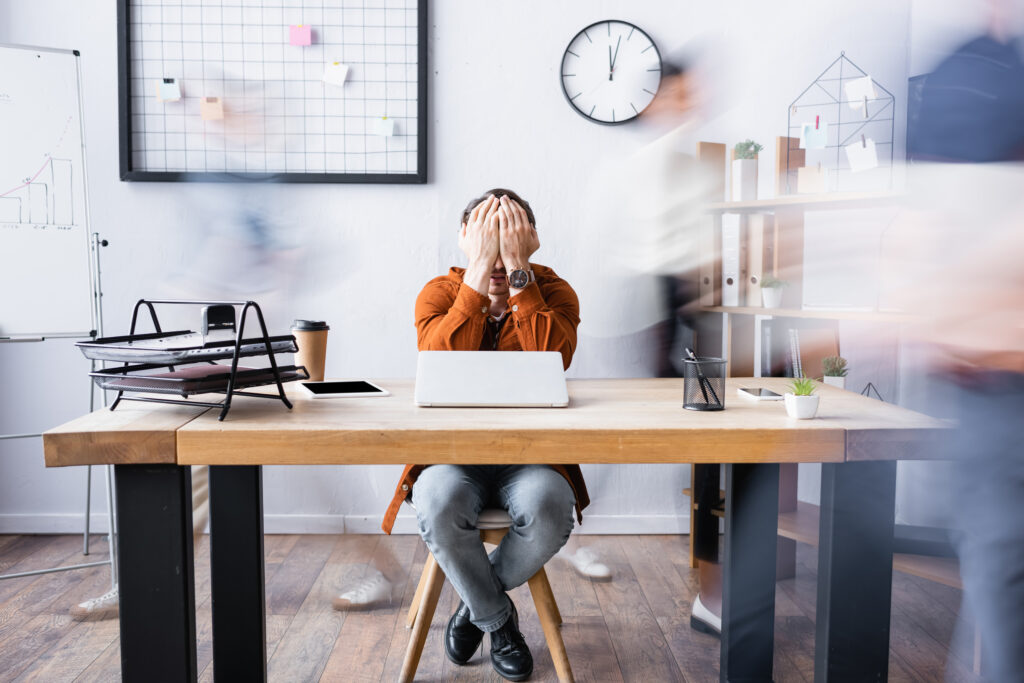Upcoming events – Winter 2023
Learn more about upcoming events and workshops that LGIS are taking part in.

LGIS Injury Prevention Consultant
Michael has an extensive experience in assessing workers capacity for employment and ergonomic assessments. Michael provides support and advice including ergonomic assessments, manual task awareness workshops and manual task risk assessments.

LGIS Injury Prevention Consultant
Simon has a background in clinical rehabilitation, occupational health and vocational rehabilitation. He provides professional injury prevention advice, support and education to LGIS members.

Treadmill desks have become a topic of increased curiosity; they’re all over social media with millions of views, especially after the work from home culture kicked in.
We know that a wealth of research has linked sedentary lifestyles to major health concerns like obesity, high blood pressure, excess body fat around the waist, and high cholesterol. Walking can help, just 8,000 to 9,000 steps a day can deliver real health benefits. Ironically, with our busy (mainly sedentary) work life, we don’t always have the time to get those steps in. It’s understandable why walking desks are appealing.
Recently, LGIS has received a number of questions about walking desks and other arrangements that combine working and exercising simultaneously at the desk.
Our advice takes a risk management approach and we caution members against bringing walking desks into an office setting.
There are a few factors at play here, and although it may be unlikely that the person would have any issues when using this equipment, there is a potential risk to the person and others in a workplace setting.
Australian physical activity guidelines
Adults should be active most days, preferably every day. Each week, adults should do either:
Learn more about upcoming events and workshops that LGIS are taking part in.
Treadmill desks have become a topic of increased curiosity; they’re all over social media with millions of views, especially after the work from home culture kicked in.
Having fitness for work conversations can be confronting and challenging for both leaders and workers as they may involve questions of personal health (mental or physical), uncertain outcomes, sensitive topics and strong emotions. As challenging as they are, they are a vital tool for effective people management.
Let just say, exercise equipment belongs in the gym, and not at the desk.
Walking desks appear to be the next office fad (like fit balls as chairs) which don’t provide significant improvements to health benefits and end up not being as utilised as initially thought.
Workers are far better off going for a shorter brisk walk, preferably outside when weather is permitting, to simulate different parts of the brain, and improve overall mental/ psychological wellbeing as well as physical health.
There is also an argument from a productivity perspective, as some studies show reduced ability to complete fine motor skills and problem solving tasks, making completing some work tasks more difficult.
According to a study published in the Journal of NeuroEngineering and Rehabilitation, people who were walking on treadmills had significantly slower reaction times on cognitive tasks when compared to people performing the cognitive tasks while seated.
Another study by Kodak’s Ergonomic Design for People at Work states that any employee walking greater than 3.5 miles (5.6km) a day while performing job tasks may be at risk for developing a musculoskeletal disorder.
In short, LGIS does not recommend using exercise equipment within an office setting. This applies to walking desks (treadmills), fitball/exercise ball as a chair, and under desk cycle ergometers. Although they can be useful for improving physical fitness, they are only recommended to be used for short period of time (when you are not working in the office).
For more information on LGIS health and wellbeing strategies, please get in touch with our injury prevention team at [email protected].
Each month we take your questions to one of our LGIS team members to answer.
If you want to submit a question for next issue, email us at [email protected]

Local governments face a range of challenges when managing their people, avoiding injury and reducing workers’ compensation claims. Like many industries, the sector is managing an ageing workforce and an increase in chronic issues such as obesity, heart disease, and mental illness.

A major return to work barrier, following a long absence due to an injury or health concern, is a worker’s ability to keep up with the
physical demands of the role. Every job role has a unique footprint that requires different physical and cognitive capabilities.

Businesses worldwide are experiencing the effects of the highest inflation rate in a
generation. WA local governments need to consider inflationary pressures when valuing both their property and motor assets so that they can be confident that if disaster strikes, your protection will be adequate to appropriately respond.
LGIS is the unifying name for the dedicated suite of risk financing and management services for WA local governments, established by the WA Local Government Association in conjunction with JLT Public Sector (part of the Marsh group of companies). LGIS is managed by JLT Public Sector (ABN 69 009 098 864 AFS Licence 226827).
Risk Matters, via this website, is designed to keep members, their staff and elected members informed on topical risk management and insurance issues and LGIS programs and services.